Thanks to the important work that parks and gardens do to clean the air in the cities, they are popularly known as ‘urban lungs’ as they absorb CO2 and add new oxygen to the air. If we take a closer look at this global mechanism, what exactly are the Earth’s ‘lungs’? We will review five exceptional and fascinating forests to delve into the wonderful natural environments that constitute some of the planet’s ‘green lungs’.
The Amazon Rainforest
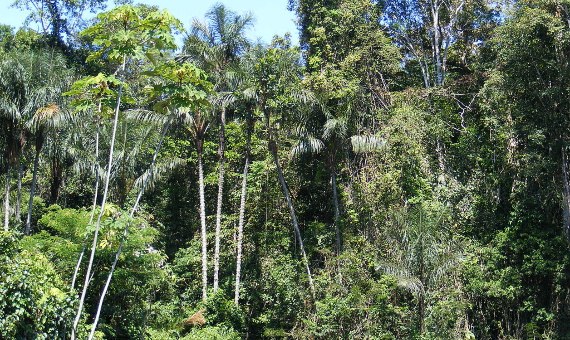
The Amazon Rainforest is home to 10 percent of all known species of plants and animals on Earth, according to Greenpeace. Apart from its unparalleled diversity, the Amazon Rainforest plays a fundamental role when it comes to regulating the levels of carbon in the atmosphere. It stores approximately 100 billion metric tons of carbon – over ten times more than the annual global emissions from fossil fuels.
Taiga or the boreal forests
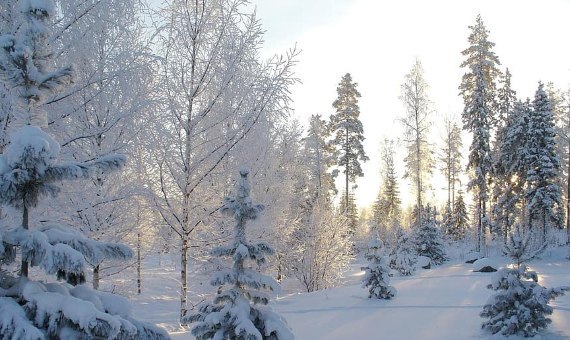
The Taiga is a coniferous forest ecosystem in cold areas of the planet, such as northern Russia, Europe, Canada or Alaska. The combination of these forests make up the largest mass of forests on the planet (approximately 30 percent of the world’s forest resources). This extreme ecosystem, where temperatures can reach -40°C in winter, absorbs more CO2 from the atmosphere than tropical or temperate forests combined. The Boreal Forest in Canada, for example, stores 186 million tons of carbon.
Jiuzhaigou Valley Forest in China
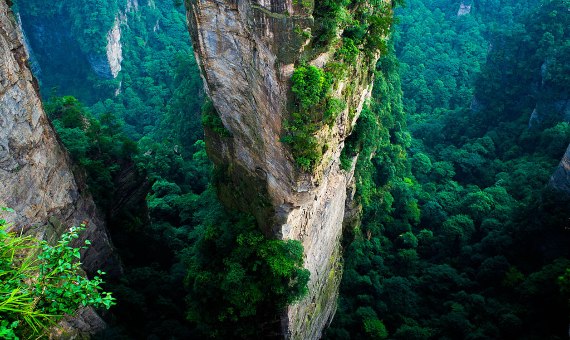
The Jiuzhaigou Valley (Sichuan, China) became a UNESCO World Heritage Site in 1992 and part of the Biosphere Reserve in 1997. The Jiuzhaigou National Park is a globally important site for the conservation of biodiversity due to its exceptional location: the transition zone that unites the Tibetan Plateau and the Sichuan River Basin, where the Minshan Mountains are located at 2,000 meters to 4,700 meters above sea level. In this spectacular enclave, which inspired the floating Pandora mountains in “Avatar”, there are 3,634 documented species of flora and fauna, including 3,553 native species.
A Jurassic stronghold: Daintree Rainforest
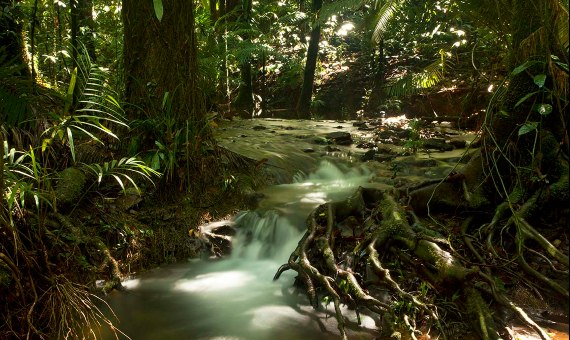
The Daintree Rainforest enjoys a privileged location, elevated over the oldest rainforest in the world (in the Queensland region of Australia), making this rainforest a bastion of rarity and primitiveness worthy of UNESCO’s World Heritage List. The Daintree Rainforest contains 90 percent of Australia’s species of bats and butterflies, in addition to more than 12,000 species of insects. Some of the species of flora that can be considered actual witnesses of the evolution of planet Earth include some of the oldest plants in the world, such as the Psilotopsida and Lycopsida ferns or Agathis Kauri, a conifer considered the living counterpart of fossils from the Jurassic age.
A forest of giant Sequoias
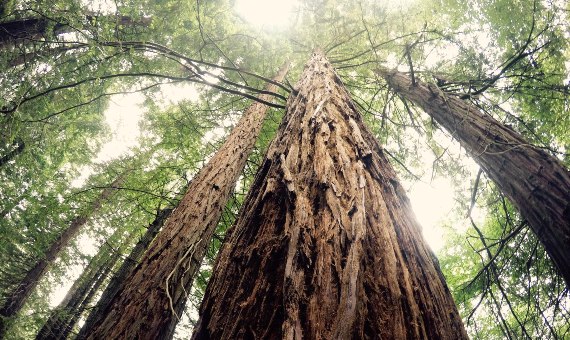
The giant Sequoias are some of the oldest trees in the world, and can live up to 3,000 years. Apart from their long lifespan, these trees are literally gigantic, and can reach the height of a 26 story building. This species of trees is considered the world’s largest living organism. In fact, a Sequoia known as General Sherman is 2,100 years old and 11 meters in diameter at the base. The largest forest of Sequoias is in California (U.S.), in Sequoia National Park, covering 1,789 square km.
Forests cover a total of 31 percent of the Earth’s surface and are an essential component in the conservation of biodiversity and the fight against climate change. Furthermore, forests are indispensable to achieving the Sustainable Development Goals included in the Paris Agreement, as well as for the economic recovery following the COVID-19 crisis, as recognized by the United Nations, which has called for “the inclusion of sustainable forest-based actions in COVID-19 recovery programs and policies.”
Comments on this publication